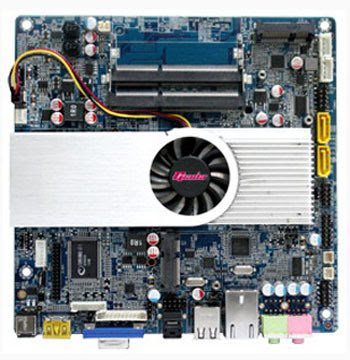A Foxconn employee that has been deemed as a reliable source in the past says the iPhone 5 has entered production with a larger, 4-inch display, and a different design than the iPhone 4/4S.
Labeling their source as reliable, 9to5mac claims to have received word from Foxconn that the fifth-generation iPhone has kicked into production.
There are various iterations floating around, each boasting slight modifications, and none of the devices seems “final”, according to this person.
However, all of the units have a few key features that are common among each other.
One such feature is the “4+ inch display”. Note that the source doesn’t say 4-inches, but 4-plus inches, which means that if this report is accurate, the next Apple iPhone will be pretty big compared to the current generation of iPhones, and the ones before it.
The screen on one of the units this source got hold of was manufactured by LG Display. Apple has reportedly dropped Sharp from its supply chain for iPhone displays, leaving only LG and Samsung to handle all the orders. This, however, remains to be confirmed.
Another interesting tidbit from this Foxconn employee is that the iPhone 5 doesn’t have a teardrop shape. It confirms an older iLounge report, which makes it seem all the more obvious that this rumor was only the product of Apple fanboy-ism. Not that this leak should be 100% accurate either.
Finally, the blog reports, “neither of the sample devices have the iPhone 4/4S form factor.”
Although it was a no-brainer, this last piece of information should come as comforting news to those who held off their iPhone 4S purchase to get a totally redesigned iPhone 5.
There are no details on the chips used in the phone, but it is rumored that Apple is using a quad-core A6 SoC in its next iPhone and iPad versions.
The device may launch as soon as WWDC 12, if past examples of such leaks are any indication.



 1/26/2012 10:37:00 PM
1/26/2012 10:37:00 PM
 dannzfay
dannzfay






































